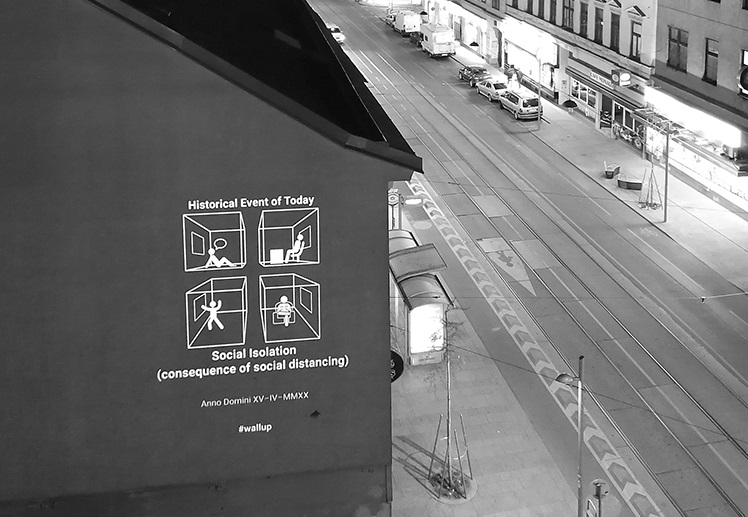
Learning from Quarantine
with David Calas
One story per day, many questions for the days to come. For 40 days, from March 19th to April 27th 2020, David Calas, Sven Wuttej and Clemens Horvath of Studio Calas in Vienna, reflected on the changes that the pandemic forced upon the world and what they may mean for the way we live in our cities. Part news archive, part ideas diary, part sketchbook, Learning from Quarantine is a 40-day journey of reflections in response to an admirably focused selection of news items during lockdown — from drones and digital apps tracking our physical movements, social interactions and daily activities, to the new normality of ‘isolated co-working’. Amidst the news flood of COVID-19, Learning from Quarantine is not only a collection of reflections that question our ‘normal’ and map out directions for our future, but a lesson on the very process of learning: Shouldn’t we all be making more time to pause and reflect on our reality every day?
We’ve had the opportunity to discuss this project with David Calas.

Image 1. Book Learning from Quarantine. Source: Studio Calas, Vienna.
1. The book Learning from Quarantine documents the wall-up project that you realised during the first lockdown in Vienna. What motivated you to start the project in the first place and what was your objective?
During the first state-imposed quarantine, we asked ourselves what the lockdown might do to us and our environment. The driving force behind the work was not to stay in the comfort zone, but to start a creative investigation, as we often do in our studio (Studio Calas). For this reason, we wanted to reflect on the unfolding events for ourselves, but also for others. Initially we wanted to approach this reflection only graphically, as we selected an unprecedented news item every day, abstracted it and then projected it as a wall-up – a projection on a wall – on the façade opposite our office, addressing the public space. After a few wall-ups the brooding began, and we knew that what we had experienced had to be put into words.
As we are all also involved in research and are all investigating urban participation in the digital age, it was obvious to formulate parts of our findings as consequences. Of course, we had to do a lot of additional research to digest thematic digressions and then to formulate sentences as concisely as possible. Therefore, it was soon clear that a mixed form of graphics and text would be needed – also for the purposes of appealing to the widest possible audience.
The method of communication, which has been framed as a low-threshold approach, should be open to interpretation and provide food for thought. It was difficult for us to formulate a pre-defined intention from this approach, which is why we decided on something spontaneous but in our eyes necessary.
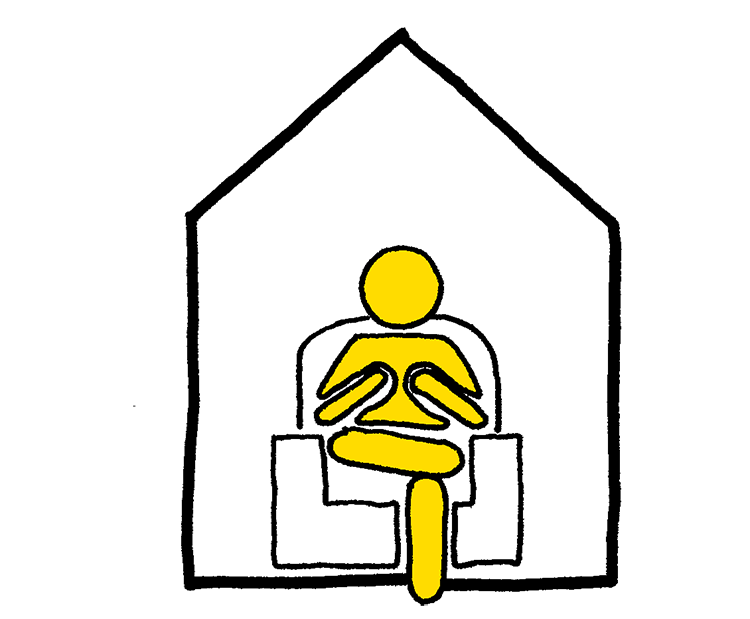
Image 2. Image from the book Learning from Quarantine. Source: Studio Calas, Vienna.
The broad audience we are looking for goes hand in hand with the range of topics we have covered in Learning from Quarantine (LFQ). As COVID-19 is a global phenomenon, we were forced to think in every direction and to break down as many cultural barriers as possible: from the neighbour in our building to the mayor in our city to the decision-maker at institutional level. The booklet was also accepted in a similar way, as confirmed by the feedback from various readers, which we were very pleased with. After all, the time for civil society action is now. LFQ would like to make a small contribution to this.
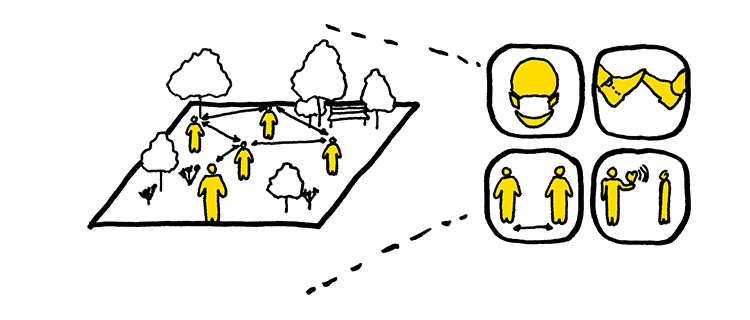
Image 3. Image from the book Learning from Quarantine. Source: Studio Calas, Vienna.
Reflected statements on so-called ‘unprecedented’ news, as featured in LFQ, are actually contrary to the fast-response input on social media. Therefore, a quick and sometimes gut-motivated post is ok if you want to comment superficially, questioning or approving a certain approach. It is different with more complex contexts that need to be well thought out and not just taken shot from the hip.
The sentences of the conclusions that we have formulated may have similar lengths to Twitter ‘tweets’, but they are based on a long, intensive examination. Each word has been weighed several times and each formulation should offer space for interpretation.
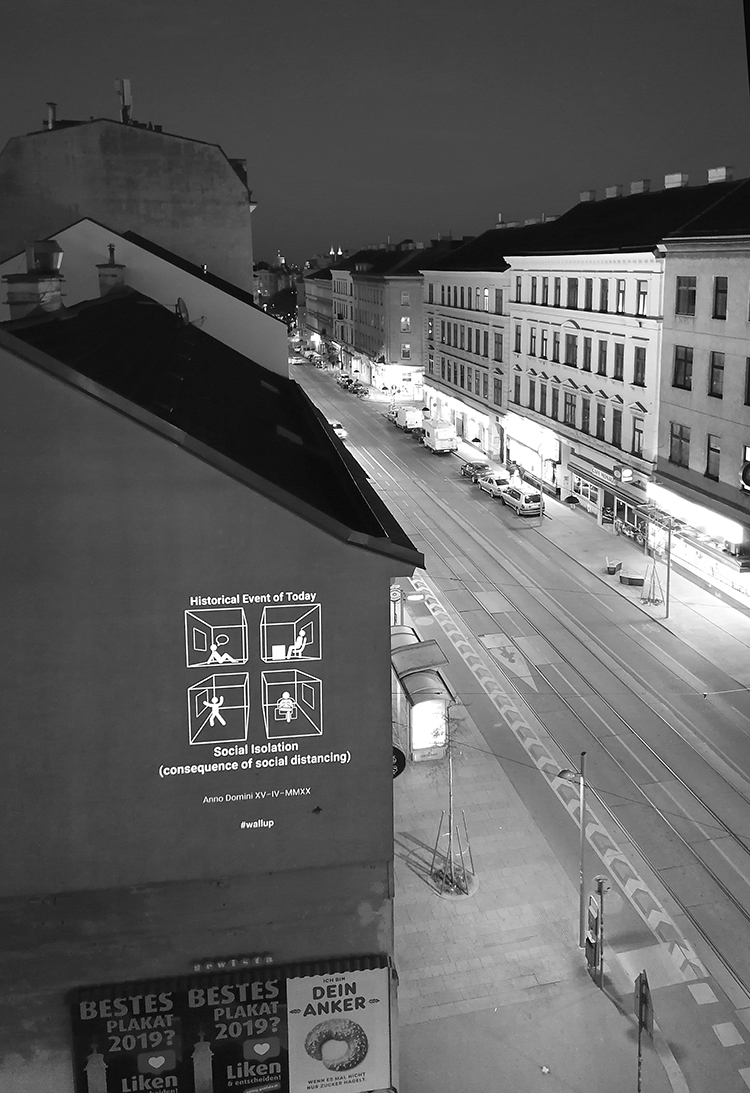
Image 4. Image of wall-up, featured in the book Learning from Quarantine. Source: Studio Calas, Vienna.
The graphical work is very important in our general approach to creative exploration. In the specific approach to the book we found the visual element indispensable. Graphics, as an almost universal language and as an instrument for breaking down linguistic barriers, helped us to perceive and communicate content more effectively. The simplicity of the sketch should communicate a certain critical reflection of the content itself, a process that we could describe as the banality of simplicity. To transmit things graphically requires more preparation and a balanced and unbiased formulation. A tightrope walk, which we have embarked on and hopefully succeeded in doing. Although, we were not always sure about our decisions.
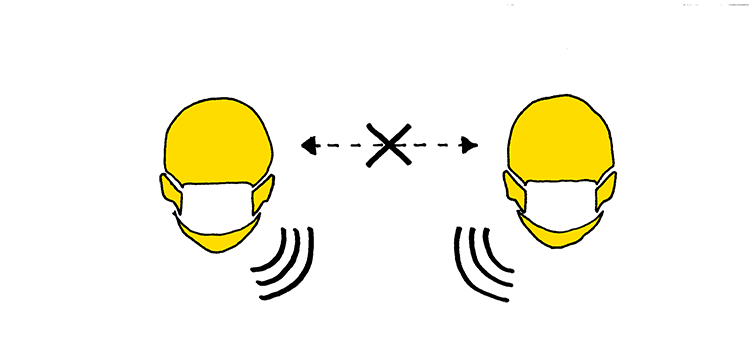
Image 5. Image from the book Learning from Quarantine. Source: Studio Calas, Vienna.
The term “unprecedented news” is a pretty accurate description of our main selection criterion. On the basis of a thinning of reliable and peer-reviewed media, we set out to find unprecedented news. We focused on urban, digital, social and cultural orientations. After defining and narrowing down a so-called ‘anchor message’, we formulated possible consequences. In this context, a global view was also important to us, which we did not always succeed in finding. Possibly because the lockdown had very diverse nuances in different countries and the reactions to it were clearly not linear.
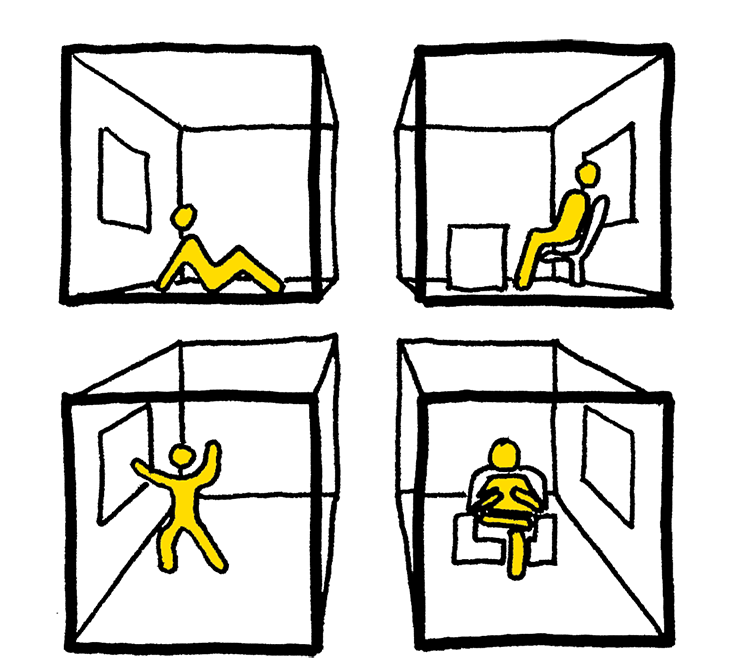
Image 6. Image from the book Learning from Quarantine. Source: Studio Calas, Vienna.
The perspective has scarcely changed in this respect. We live in a time of increased transformation and change involving complex interactions. A time to which we react rather helplessly and to which we must take initiative and dig deep to search for answers. These answers are not found in a short space of time, which is a fact that must be reckoned with. For this reason, the process of navigating the perspective of events is a necessary approach away from the solution-oriented.
After all, we see the solution as a leftover of modernity. In the digitally extended now, we have to start interpreting processes correctly in order to react flexibly and adaptively. Finally, a reaction to common conditions that could secure our survival as a civil society is needed.
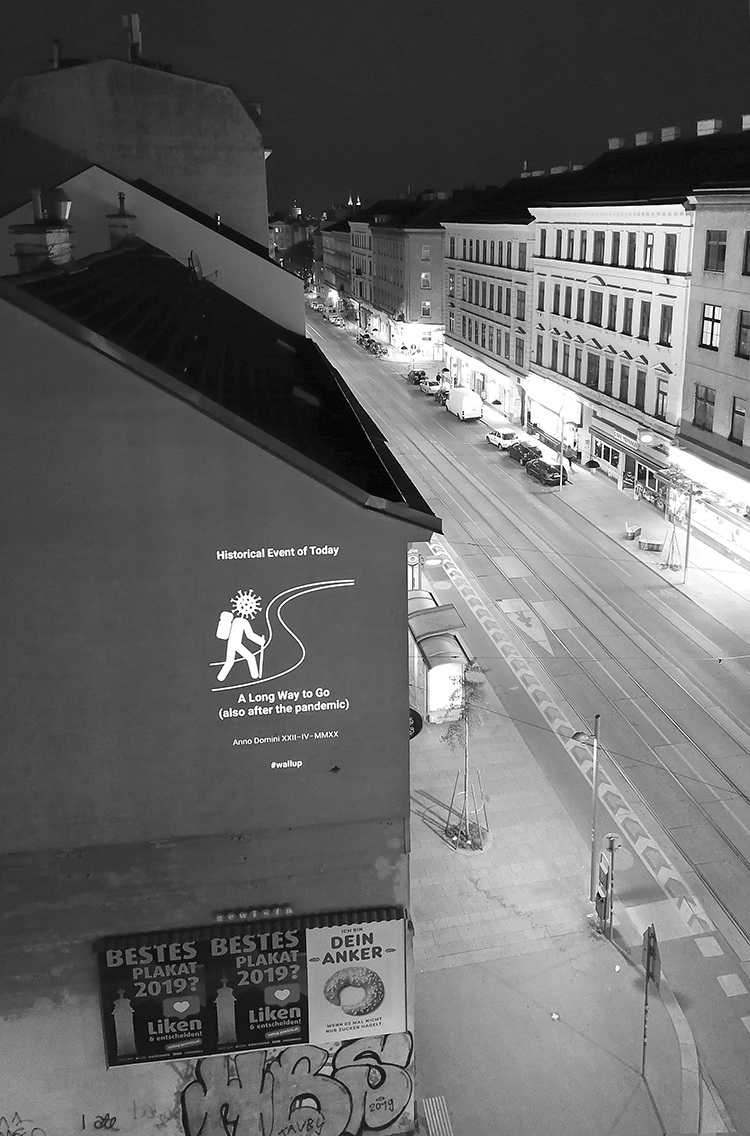
Image 7. Image of wall-up, featured in the book Learning from Quarantine. Source: Studio Calas, Vienna.
We have the feeling that our environment is still in a state of shock. The reaction is hesitant, spontaneous and uncoordinated. Characteristics that testify to the lack of understanding of the present time. This starts with the narrative of the new normality and ends with further lockdown threats.
Changes in society are strongly noticeable, but not assessable. Even the urban environment tries to react to a rigidly planned surrounding. These are attempts that belong to the crisis. Interpreting them correctly, communicating openly and implementing them adaptively would be a first step towards sustainable change. Because one thing is certain: We cannot and probably do not want to continue in the current mode.
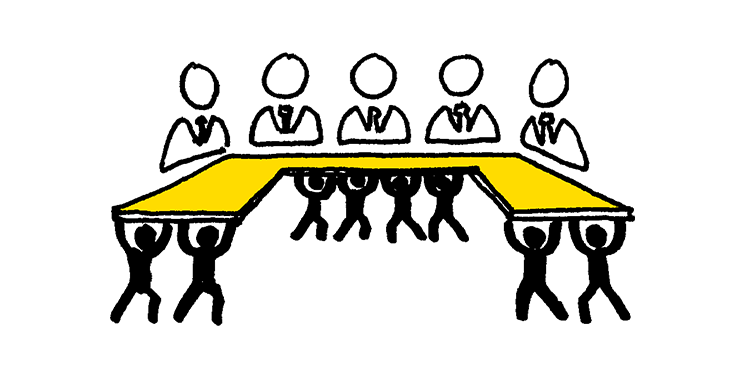
Image 8. Image from the book Learning from Quarantine. Source: Studio Calas, Vienna.
In the LFQ book, we have identified problems that were already present to a certain extent before the pandemic. The lockdown and its associated implications have led to an intensification of shortcomings. In this respect, Learning from Quarantine is a call to take a closer look. We have described it as a synchronisation of the obvious. The obvious that lies ahead and wants to be changed only becomes relevant in catastrophic situations. One of the most important lessons would be to act earlier. The issues, such as people-centred cities, the timely response to the climate crisis, digital sovereignty, participation in society as a whole, etc., remain the same.
Special Issue, COVID-19 one year in
